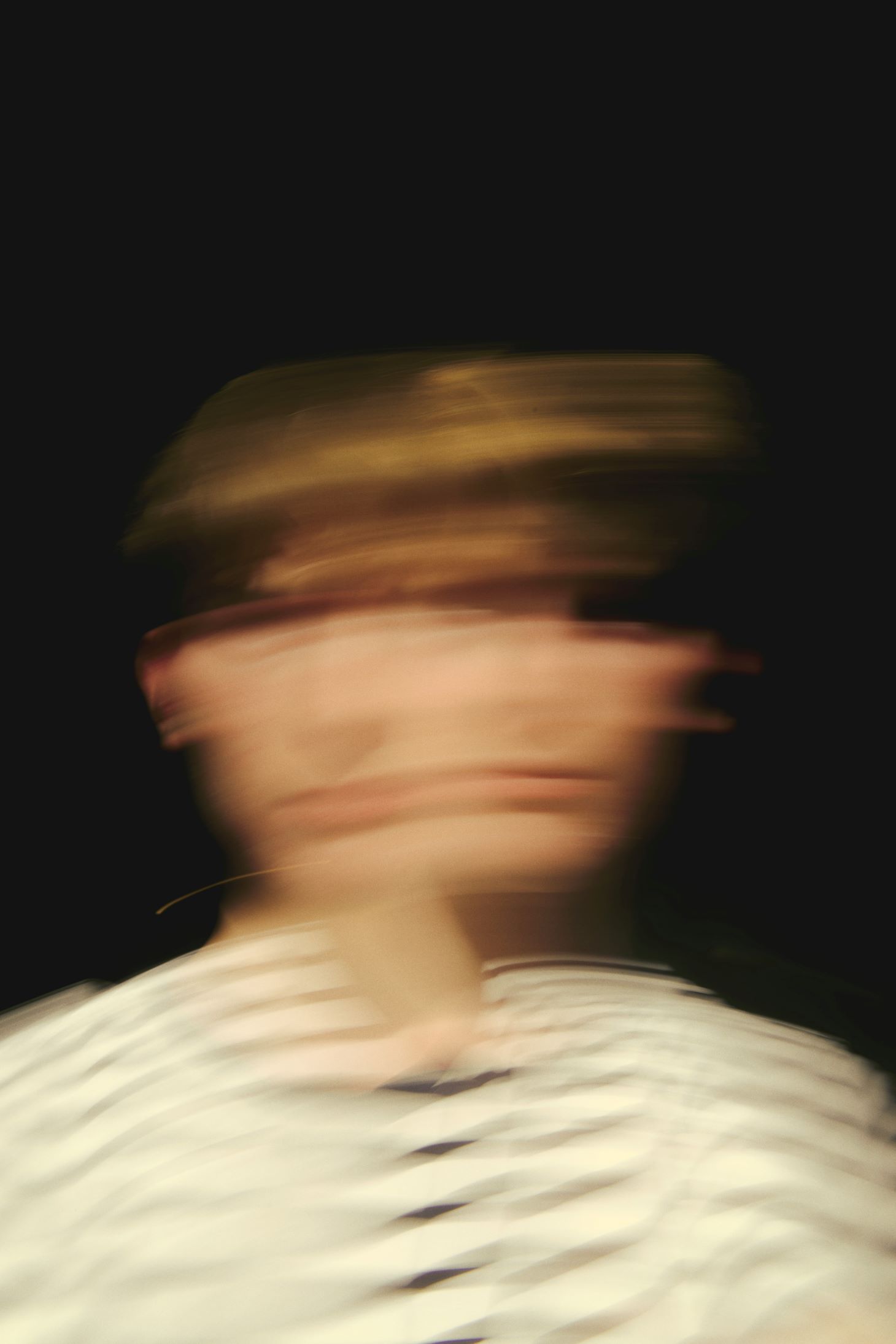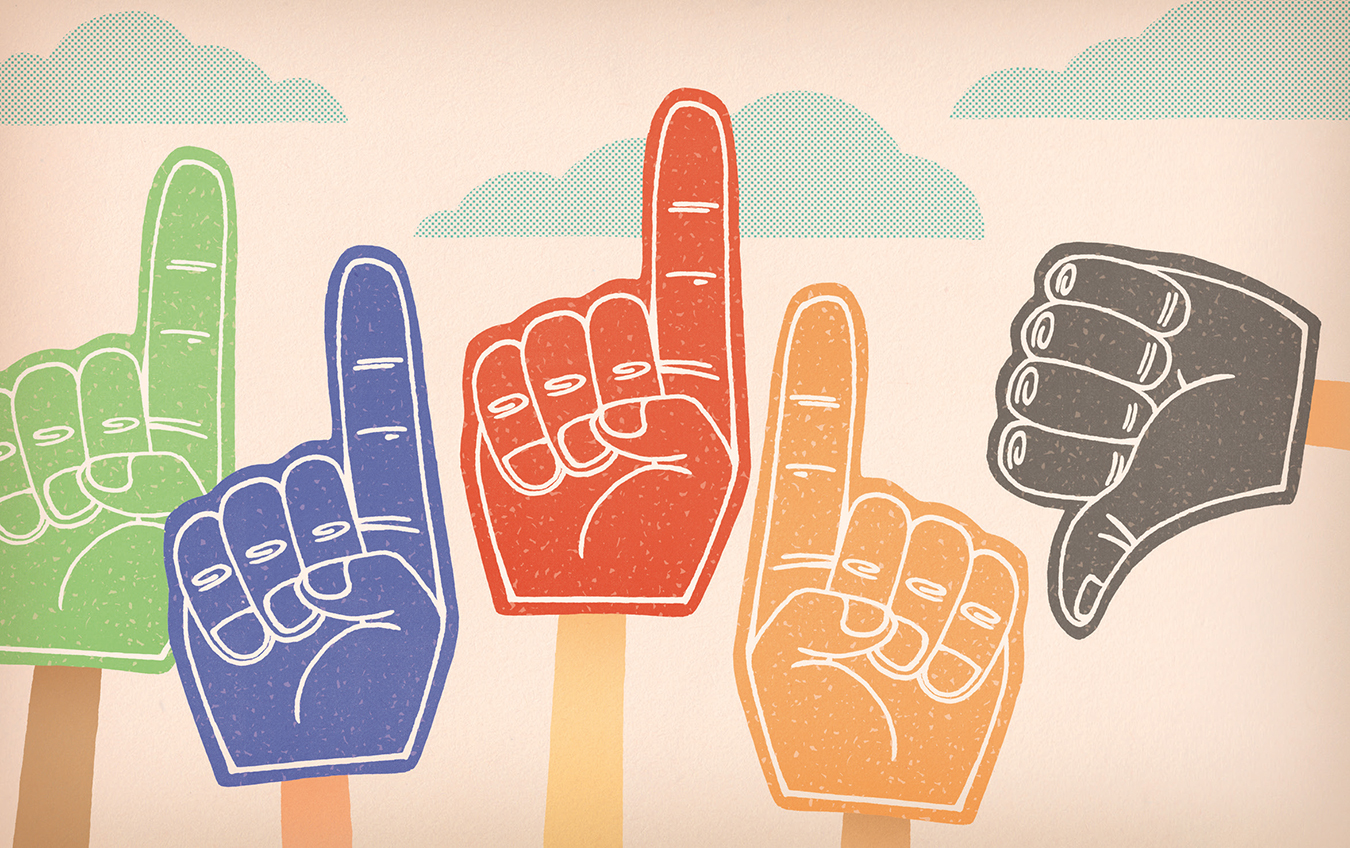The Canadian Startup Conquering Missed Concussion Diagnoses, One Spit Test at a Time
Head games.

Even without the hip checks, slapshots, and occasional sticks to the face, it takes a certain degree of courage to chase a disc of superchilled rubber around a sheet of ice at high speed. But what might happen to the body is only the most visible kind of risk on offer at the good ol’ hockey game. What might happen to the brain? That’s in a different league altogether.
Back in the sport’s rock ’em sock ’em era, “getting your bell rung” was considered a rite of passage. Today, we understand concussions for the serious brain injuries they are. But what makes them even more serious is the difficulty diagnosing them. Unlike sprains, dislocations, and broken bones, concussion symptoms aren’t always obvious, often requiring a good deal of subjective judgement from the attending caregiver—ideally a medical professional, but at the rink, often a coach or parent. In a typical scenario, the patient runs through a variety of tests (memory, orientation, concentration, balance), and minor differences in the scores assigned to the patient’s performance can result in major differences in diagnosis and treatment. Add to that the pressure many players feel to downplay or ignore symptoms such as headaches and nausea in an effort to get back on the ice, and the risk that serious head trauma goes unrecognized rises massively.
A team of engineers, researchers, and entrepreneurs at the University of Waterloo aims to change that. The group has founded the biotech startup HeadFirst with the goal of replacing subjective concussion scorecards with objective brain chemistry. Instead of getting graded on a battery of easy-to-fudge questions and queries, patients spit into a small tube. The collected sample is quickly treated to remove impurities, then dripped onto a small test strip similar to the rapid tests used to detect COVID-19. Chemicals on the strip detect the presence of one of several biomarkers that leak from the brain into the body after a concussion. Within a few minutes, coaches and players can see blue dye advance up the stick: two lines for positive, one for negative.
Of course, such tests cannot eliminate the risks inherent in our national game. But if a simple spit test can reduce the risk of missed or delayed diagnosis, it will allay fears of an unrecognized concussion becoming a long-term ailment. And this is a head game worth playing.




